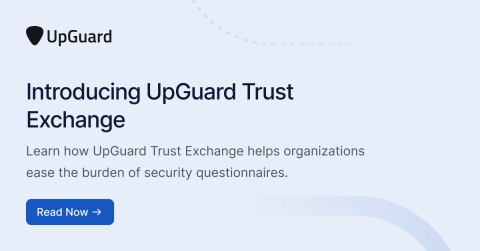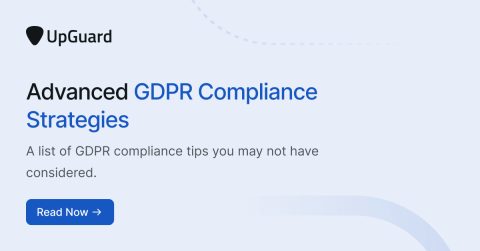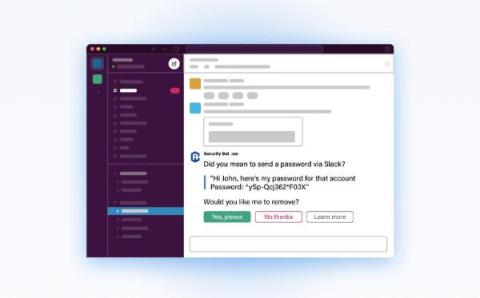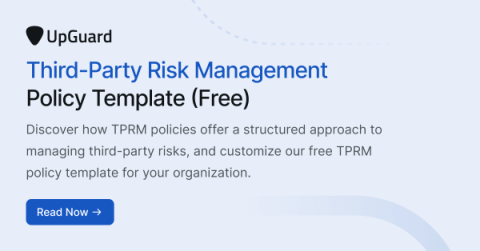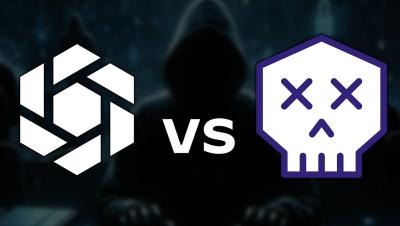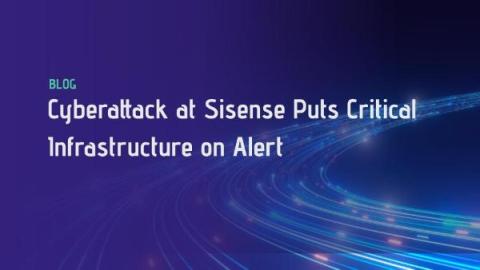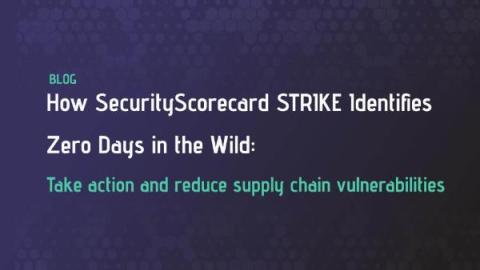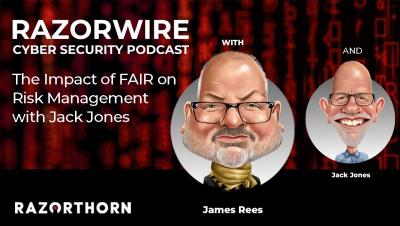Data Localization: Definition, Benefits and Challenges
With the increase in privacy regulations, data localization is a rapidly growing concern for companies. With the right strategies and tools in place, companies can ensure their data remains secure and compliant with privacy laws while also benefiting from its localization. In this blog, we’ll explore what data localization is, the benefits and challenges, and how using the right set of tools can help.





























